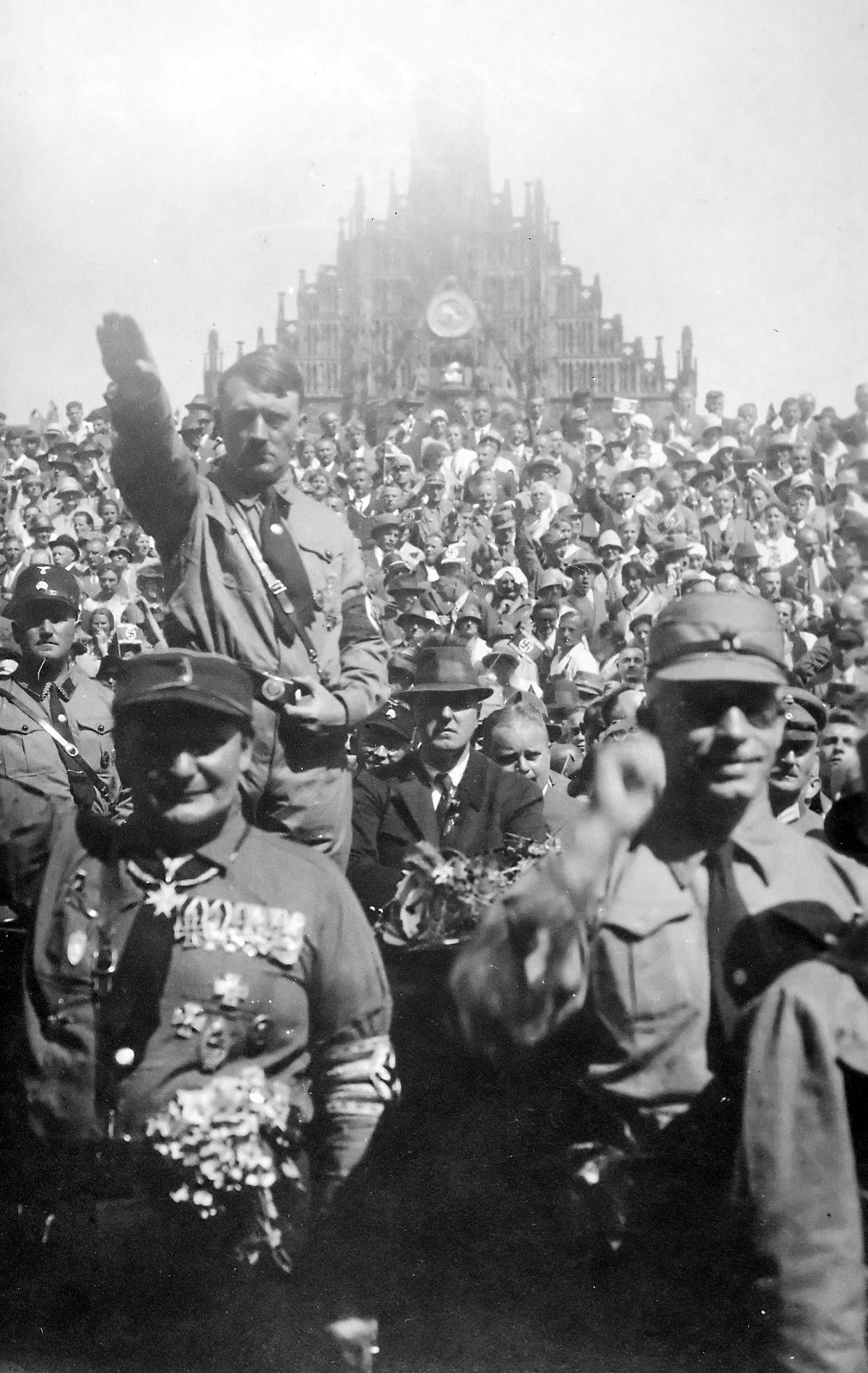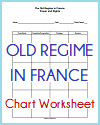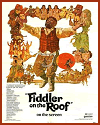Adolf Hitler at a Nazi Party rally in Nuremberg, Germany, in 1928. Hitler is standing. In front of Hitler is Hermann Göring. Hitler, a veteran of World War I and out-of-work painter, would ultimately become dictator of Germany. Click here to enlarge.
Adolf Hitler and Hermann Göring shared a complex and multifaceted relationship, characterized by mutual respect, political collaboration, and personal camaraderie. Göring, a decorated World War I fighter pilot and early member of the Nazi Party, quickly rose through the ranks to become one of Hitler’s most trusted and influential lieutenants.
Göring joined the Nazi Party in 1922 and soon became involved in its paramilitary wing, the SA (Sturmabteilung). His early loyalty and support for Hitler were instrumental during the tumultuous years of the party's rise to power. After the failed Beer Hall Putsch in 1923, Göring was wounded and fled Germany, but he remained committed to Hitler's cause.
When the Nazis ascended to power in 1933, Göring's prominence in the regime grew significantly. He was appointed Minister of the Interior for Prussia, where he established the Gestapo, the secret police, which played a crucial role in consolidating Nazi control. Hitler's trust in Göring's abilities was evident as he granted him numerous high-ranking positions, including President of the Reichstag, Commander-in-Chief of the Luftwaffe (German Air Force), and, eventually, the title of Reichsmarschall.
Göring's charisma, political savvy, and early support were highly valued by Hitler. He was instrumental in the early successes of the Nazi regime, particularly in the rearmament of Germany and the expansion of the Luftwaffe. However, as the war progressed and Germany faced increasing military setbacks, Göring's influence waned. His opulent lifestyle, corruption, and drug addiction eroded his effectiveness and reliability.
Despite these issues, Hitler continued to publicly support Göring until the final stages of the war. In April 1945, as the Allies closed in on Berlin, Göring suggested he take over leadership from Hitler, believing the Führer incapacitated. Hitler, feeling betrayed, stripped Göring of his titles and ordered his arrest.
The relationship between Hitler and Göring underscores the dynamics of loyalty, power, and betrayal within the Nazi hierarchy. Their partnership was pivotal in the early years of the Third Reich, but it ultimately deteriorated as the pressures of the war exposed the flaws and weaknesses in their alliance.
|















